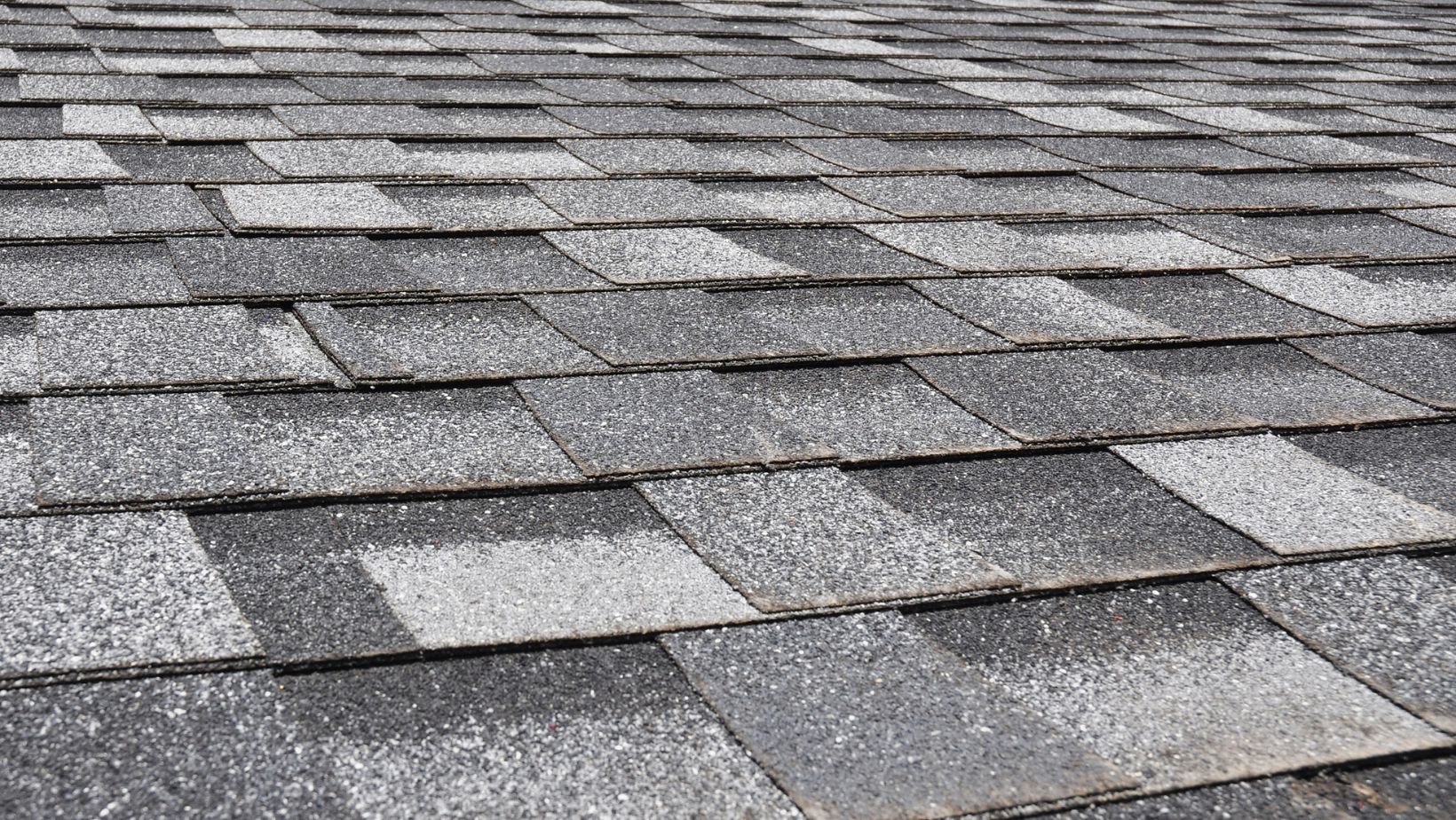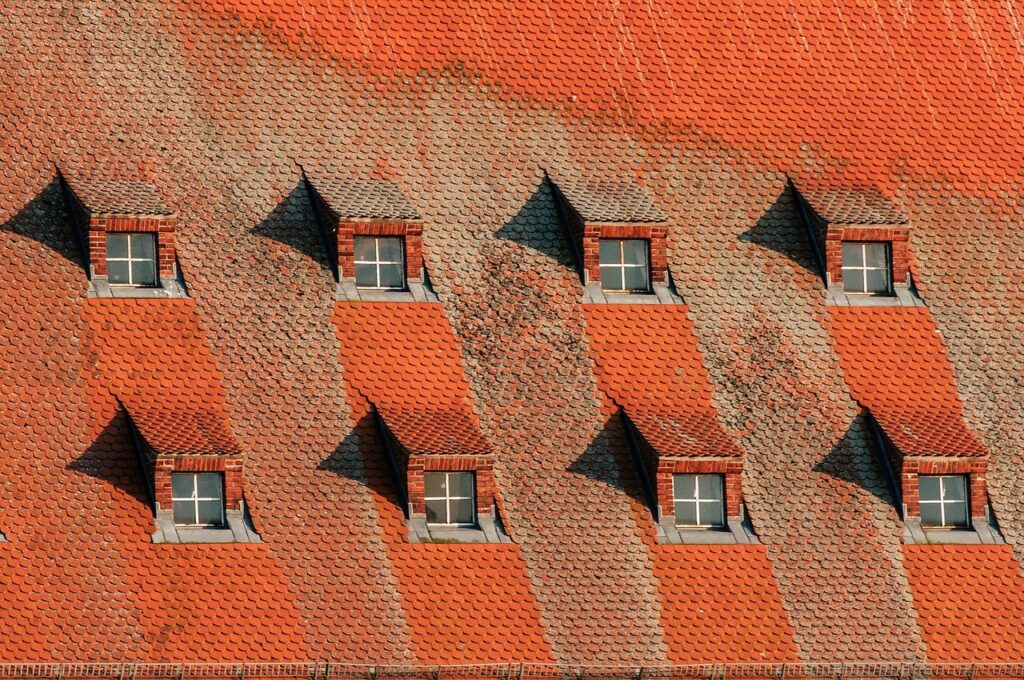Maintaining a roof in good condition is essential for the longevity and safety of a home. Often overlooked, regular inspections can prevent minor issues from turning into major problems. By understanding and identifying common roofing problems early, homeowners can save a significant amount of money on repairs and extend the life of their roofs. This guide aims to highlight the key signs of common roofing problems and offers insight into preventive measures that can help keep a roof in excellent condition. Whether dealing with leaks, damaged shingles, or poor ventilation, being proactive about roof maintenance can protect your home from more extensive damage and costly repairs in the future.
Detecting Leaks and Water Damage
Leaks are one of the most common roofing problems and often the most damaging if not addressed promptly. Early signs of a leak include water stains on ceilings or walls, mold growth, and musty odors. Regularly checking for damp spots in attics or areas directly under the roof can help catch leaks before they spread.
To prevent leaks, ensure that roof flashing is properly installed and in good condition, as it plays a crucial role in sealing seams and joints from water exposure. Additionally, cleaning gutters to avoid water buildup and inspecting the roof after severe weather can help prevent water intrusion and related issues. A roofing company in Trafford or any other location can assist in detecting and repairing leaks before they cause significant damage. They can also offer tips for maintaining a leak-free roof and recommend any necessary repairs or replacements.
Identifying Damaged or Missing Shingles
Shingles protect roofs from the elements and damaged or missing shingles can lead to further deterioration. Regularly inspecting shingles for cracks, curling, or granule loss can help identify potential problems. Missing shingles expose the underlying layers, making them vulnerable to environmental damage.
To extend the life of shingles, it’s essential to choose durable materials suited for the local climate and to conduct annual checks, especially after storms. Promptly replacing or repairing compromised shingles can prevent leaks and structural damage.
Ensuring Proper Roof Ventilation
Proper roof ventilation is crucial for temperature regulation, preventing moisture buildup, and extending the lifespan of roofing materials. Signs of poor ventilation include ice dams in winter, overheated attic spaces, and high energy bills. Monitoring these indicators can highlight potential ventilation issues.

Installing vents, such as ridge vents or soffit vents, can enhance air circulation and help prevent problems associated with trapped moisture. Consulting with a roofing professional can ensure that the roof is adequately ventilated and energy-efficient.
Regularly Checking for Signs of Aging
Aging roofs are more susceptible to damage, making it essential to regularly inspect them for signs of wear and tear. These include cracked caulk, missing or deteriorating flashing sagging gutters, and visible water stains on ceilings. If the roof is nearing its estimated lifespan, it may be time for a replacement to avoid costly repairs in the future.
Homeowners can also take preventive measures by scheduling regular inspections with a trusted roofing company and performing basic maintenance tasks such as keeping gutters clean and removing debris from the roof surface. By regularly monitoring the condition of their roofs, homeowners can catch and address issues early on to avoid more significant problems down the road.
Preventing Moss and Algae Growth
Moss and algae growth on roofs can lead to aesthetic issues and structural damage over time. These organisms retain moisture, which can cause roofing materials to deteriorate more quickly. Moss, in particular, can lift shingles and allow water to seep in, leading to potential leaks. Algae, while less damaging, can cause dark streaks that affect the appearance of the roof.

To prevent moss and algae growth, ensure that overhanging branches are trimmed back to reduce shade and allow the roof to dry after rain. Installing strips of zinc or copper along the roof ridge can also help control growth, as these metals naturally inhibit the development of moss and algae. Regular cleaning with a mild solution can keep the roof clear of any organic buildup. For severe cases, consulting a professional experienced in algae and moss removal might be necessary to preserve the roof’s integrity and appearance.
Being proactive and vigilant about roof maintenance is key to identifying and addressing common roofing problems early on. By regularly inspecting the roof, keeping it clean and well-ventilated, and promptly addressing any issues that arise, homeowners can ensure their roofs remain in good condition for years to come. Remember to consult a reputable roofing professional if you have any concerns or need assistance with repairs or replacements. A well-maintained roof not only protects your home but also adds value and curb appeal. With these preventive measures in place, you can rest assured that your roof will continue to provide shelter and safety for years to come.



